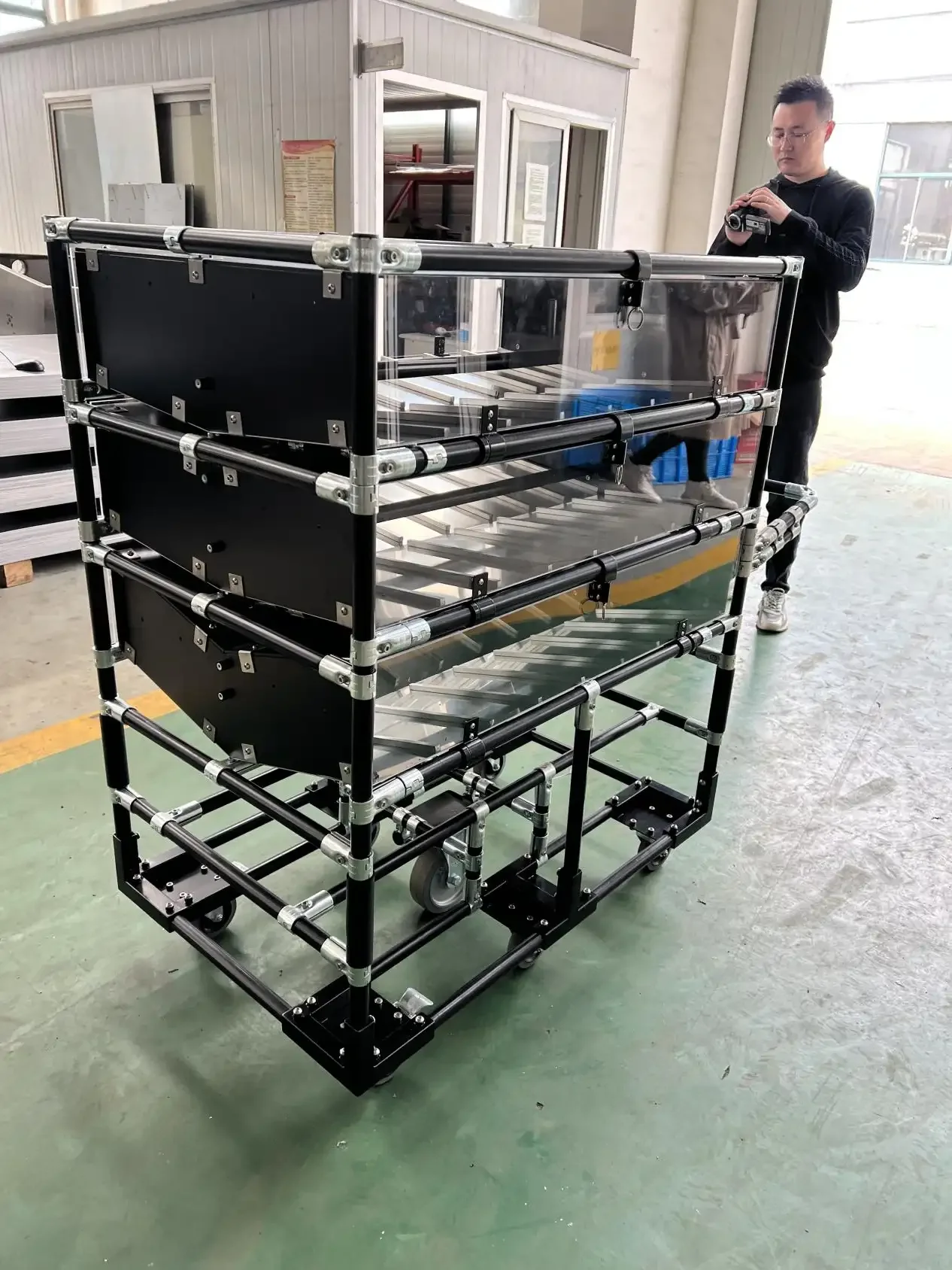In today's manufacturing landscape, non ferrous metals are vital components in a wide range of industries. From aerospace to automotive, electronics, and construction, the need for high-quality, durable, and efficient materials has never been greater. Non ferrous metal processing plays a critical role in meeting these demands. This specialized field focuses on the shaping, refining, and manipulating of metals such as aluminum, copper, zinc, and titanium, which do not contain significant amounts of iron. These metals are prized for their corrosion resistance, light weight, and high electrical conductivity, making them indispensable in various industrial applications. In this article, Shuoer will explore the techniques in non ferrous metal processing.
What is the Non Ferrous Metal Processing?

Non ferrous metal processing refers to the techniques used to manipulate metals that do not contain significant iron content. These metals are not prone to rusting, unlike ferrous metals, and are known for their resistance to corrosion, high strength-to-weight ratio, and excellent electrical conductivity. The processing of non ferrous metals is necessary to turn raw materials into finished products that meet the specific requirements of various industries.
The primary goal of non ferrous metal processing is to produce high-quality components that exhibit optimal strength, durability, and resistance to environmental factors. The different stages of non ferrous metal processing include casting, rolling, forging, extrusion, and heat treatment. Each of these methods is designed to meet the unique needs of the metal being processed, whether it is for structural components, electrical conductors, or intricate designs used in electronics.
Key Techniques in Non Ferrous Metal Processing
Several techniques are employed in non ferrous metal processing to transform raw metals into usable forms for various industries. Some of the most widely used methods include:
1. Casting
Casting is one of the oldest and most versatile methods of non ferrous metal processing. It involves melting the metal and pouring it into molds to form specific shapes. For non ferrous metals like aluminum and zinc, casting allows manufacturers to produce complex shapes and intricate designs with high precision. The most common forms of casting used in non ferrous metal processing are:
-
Die casting: Ideal for metals like aluminum and zinc, die casting involves injecting molten metal into a mold under high pressure. This method is highly efficient for mass production and produces parts with exceptional surface finishes.
-
Sand casting: This method is often used for larger, simpler components. Sand is packed around a pattern to create a mold, and molten metal is poured into the mold to form the desired shape.
2. Extrusion
Extrusion is a technique in non ferrous metal processing where the metal is forced through a die to produce long, continuous shapes with a uniform cross-section. This process is widely used to create items like pipes, tubes, rods, and profiles, especially from metals like aluminum and copper. There are two main types of extrusion:
-
Hot Extrusion: This process is used for metals in their softened state and is typically performed at high temperatures. Hot extrusion allows for easier shaping of metals and is commonly used for creating complex profiles or large sections.
-
Cold Extrusion: Performed at room temperature, cold extrusion enhances the strength of metals due to work hardening, making it suitable for creating high-strength parts like thin-walled tubes or precision components.
3. Rolling
Rolling is a widely used technique in non ferrous metal processing to reduce the thickness of the metal and change its shape. The metal is passed through a pair of rollers, and the continuous pressure reduces the material's thickness. This method is often used to create sheets, plates, and foils. There are two types of rolling:
-
Hot rolling: This process is done at high temperatures and is typically used for larger sections, as it allows for more efficient shaping of metals like copper and aluminum.
-
Cold rolling: Cold rolling is performed at or near room temperature and is used to create thin, high-strength products, such as foil or precision metal sheets.
4. Forging
Forging uses compressive forces to shape non ferrous metals, improving their mechanical properties. Commonly used metals in forging include titanium and aluminum, as forging enhances their strength. The metal is heated until it reaches a malleable state and is then shaped using hammers or presses. Forging is particularly beneficial for creating high-strength components that require precise shapes and excellent durability, such as aerospace and automotive parts.
The advantages of forging in non ferrous metal processing include superior material properties such as improved grain structure, strength, and fatigue resistance, making it ideal for critical applications.
5. Heat Treatment
Heat treatment is an essential process in non ferrous metal processing, designed to modify the metal's properties. By heating the metal to a specific temperature and then cooling it in a controlled manner, manufacturers can alter properties like hardness, strength, and ductility. Common heat treatment methods include:
-
Annealing: Used to soften metals and relieve internal stresses.
-
Tempering: Used to increase toughness and reduce brittleness in metals like aluminum and copper alloys.
Non ferrous metal processing is a crucial aspect of modern manufacturing, providing industries with metals that offer superior durability, corrosion resistance, and performance. From aerospace to automotive and electronics, non ferrous metals processed through casting, extrusion, rolling, forging, and heat treatment techniques play an essential role in creating high-quality components for a wide range of applications. As industries continue to seek lightweight, durable, and efficient materials, the demand for non ferrous metal processing will remain vital in ensuring that businesses can meet their production goals and maintain high standards of quality.
https://www.shuoermetals.com/Essential-Techniques-in-Non-Ferrous-Metal-Processing.html
https://www.shuoermetals.com/Non-ferrous-metal-processing
www.shuoermetals.com
Wuxi Shuoer Intelligent Technology Co., Ltd.